Introduction
You probably have dozens of plumbing fixtures installed in your home or commercial space. Floor drains are one of them. And its ability to use them properly, you need to learn about them. In this article, you will know about floor drains and their quality checking, buying, problems, solutions, etc.
The Comprehensive Guide to Evaluating Floor Drain Quality
When considering the elements of a building’s design, the floor drain might not be the first thing that comes to mind. Yet, its significance in safeguarding spaces from water damage, preventing slips, and preserving aesthetic appeal is undeniable. With its crucial role in residential and commercial areas, understanding how to evaluate its quality is paramount. This guide is your key to ensuring you invest in a floor drain that serves its purpose and lasts a lifetime.
Material and Build Quality:
Stainless Steel: This material is the darling of many modern installations, and for good reason. Stainless steel, especially the 304 or 316 grade, is lauded for its resistance to rust and corrosion. This not only ensures longevity but also maintains its sleek appearance over time. When evaluating stainless steel drains, examine the finish. A high-quality drain will have a consistent, polished surface without pitting or discoloration.
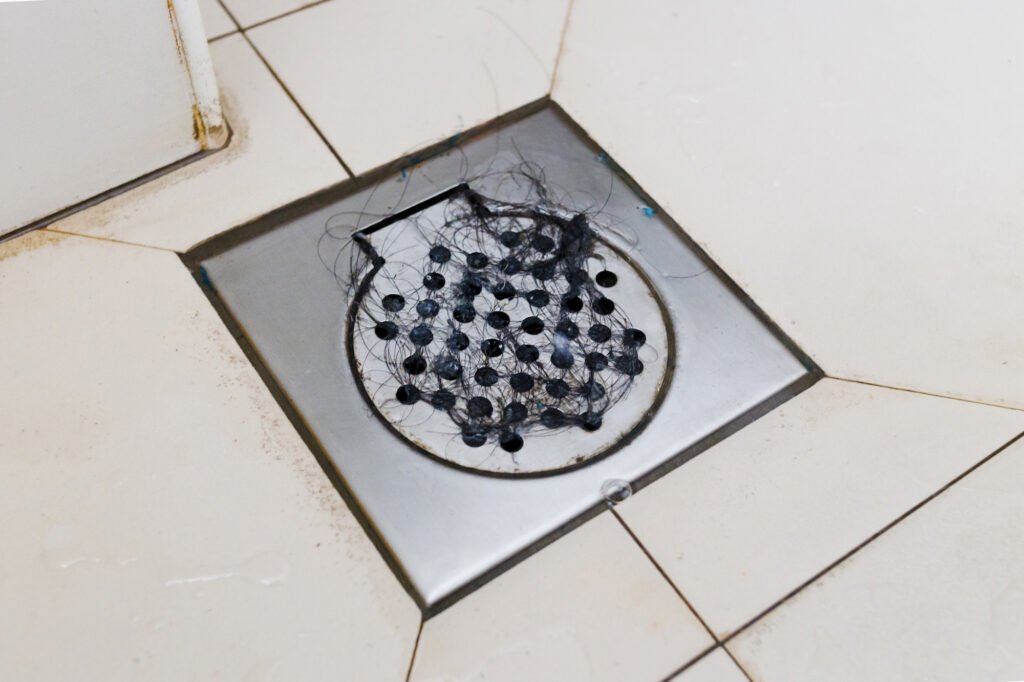
PVC or ABS Plastic: Residential spaces often favor these materials for their versatility and rust-proof nature. But while they’re lightweight, it’s vital to assess their thickness. A thicker design indicates sturdiness and the ability to withstand daily wear and tear without deforming. Remember, while plastic can be durable, ensuring its high quality will prevent frequent replacements.
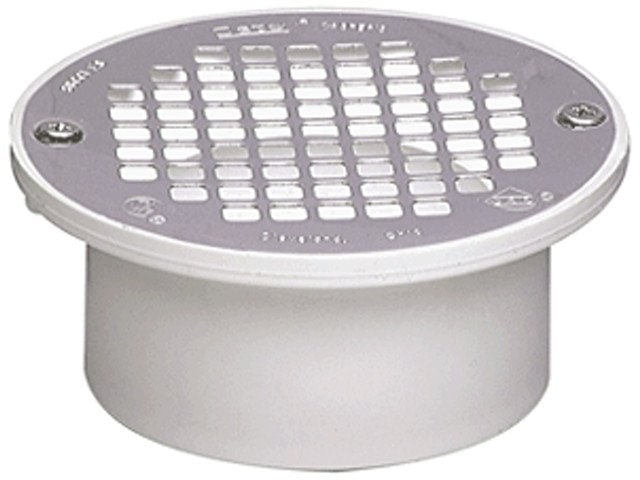
Cast Iron: Symbolic of strength and resilience, cast iron is common in commercial or industrial spaces. Their weight and durability make them ideal for areas with heavy foot traffic. Inspect these drains for an even coating, usually of enamel, which prevents rusting. Imperfections or inconsistencies in this coating can indicate subpar quality and potential issues in the future.
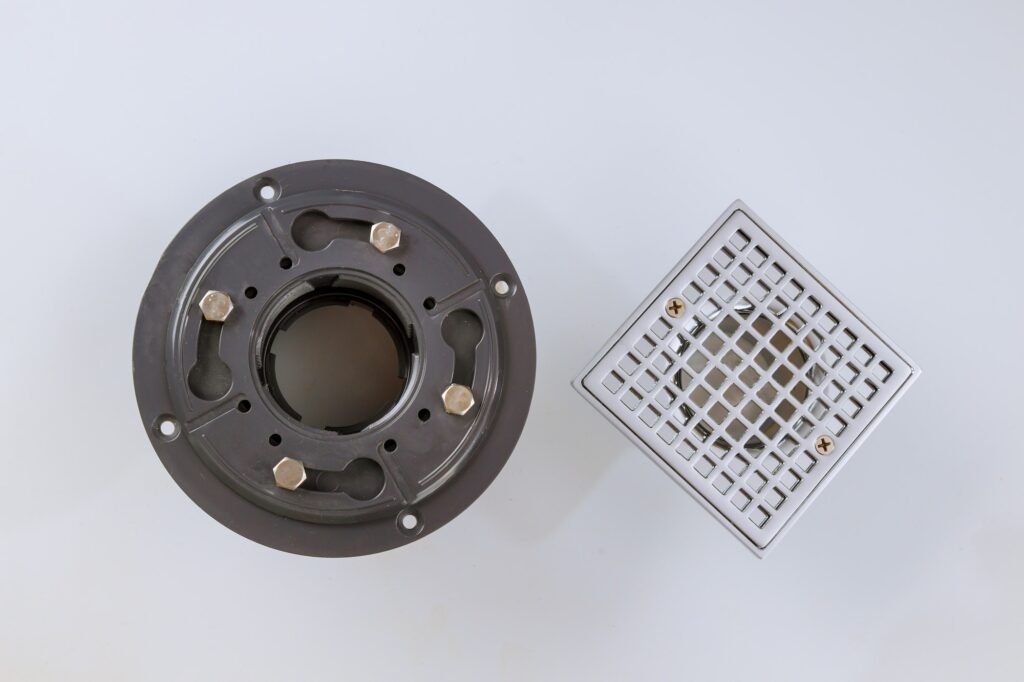
Brass Floor Drain: Emblematic of elegance and longevity, brass is a favored choice in high-end residential and upscale commercial establishments. Its golden hue and sheen exude luxury, while its robust nature ensures functionality is not compromised. For assessing the quality of a brass floor drain:
- Luster and Finish: Brass inherently has a radiant finish, accentuated by polished or brushed treatments. A high-quality brass floor drain will have an even, gleaming finish without dull spots or discolorations. Any inconsistencies might be a sign of poor workmanship or the use of inferior alloys.
Grate Integrity:
Uniformity: Beyond aesthetics, an even grate ensures safety. Jagged or inconsistent designs can trip unaware individuals or snag on cleaning tools. An even design guarantees a smoother water flow, preventing stagnation and potential bacterial growth.
Strength: Especially crucial in commercial settings or open areas, the grate should withstand the weight of several individuals and heavy equipment. Check the material and joining methods; welds should be even and robust, with no weak points.
Drainage Efficiency:
Slope Design: The subtle genius of a floor drain lies in its slope. A well-designed pitch promotes faster and more efficient water drainage, reducing the chances of water pooling. Evaluating this requires a keen eye. Test with a small amount of water to gauge its flow and speed, if possible.
Drain Holes: Their size plays a dual role. Large holes can efficiently drain water but pose a risk for small items or debris falling through, potentially causing blockages. Conversely, tiny holes might struggle during heavy water flow, leading to surface water accumulation. The balance lies in a design optimized for both scenarios.
Ease of Cleaning:
Removable Grate: Regular maintenance is key to ensuring longevity. An easily removable grate simplifies this task, allowing for thorough cleaning and inspection. When checking, remove and replace the grate multiple times to assess its fit and ease.
Anti-Clog Features: Modern problems require modern solutions. Today’s drains often have features to prevent clogs, hair catchers, or internal baffles. These are invaluable in maintaining a consistent flow and reducing maintenance efforts.
Seal and Backflow Prevention:
Trap Seal: This feature is more than just functional—it’s about health. A good trap seal effectively stops unpleasant sewer gases from wafting back into your space. When evaluating, pour a small amount of water and observe. The water should remain, creating a barrier against gases.
Backflow Valve: Particularly important in areas prone to heavy rainfall or basements, this ensures water flows only one way. In the event of sewer backups or heavy external water flow, this valve is your safeguard against potential indoor flooding.
Installation Simplicity:
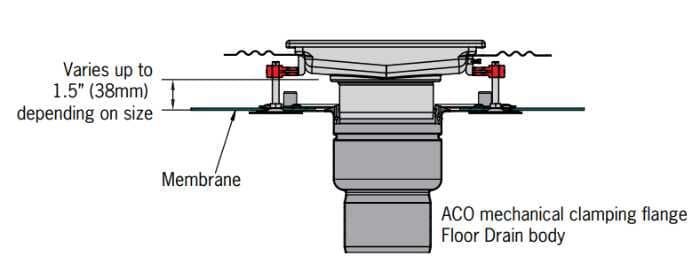
Compatibility: Nothing is more frustrating than purchasing a product that doesn’t fit. Ensure the drain is compatible with standard openings or, if you’re going for a unique design, that it comes with comprehensive instructions.
Adjustable Height: Different spaces have varying floor thicknesses. Adjustable height is a testament to a product’s versatility and ensures a snug fit, irrespective of floor type.
Certifications and Standards:
Ensuring adherence to standards is more than just about compliance—it’s about safety. Quality drains typically meet or exceed local plumbing codes, providing peace of mind. Certifications from recognized bodies like UPC or IAPMO testify to a product’s quality and reliability.
Brand Reputation:
In the world of plumbing, brand reputation is often built on reliability and durability. Established brands, with years or even decades of presence, offer products that have stood the test of time. A quick market survey or professional consultation can guide you toward these trusted names.
Pricing and Warranty:
Cost-effectiveness is a blend of price, features, and durability. While an inexpensive drain might seem attractive, it could lead to higher costs in the long run if it fails or requires frequent replacement. Conversely, a higher upfront cost can translate to long-term savings. Equally important is the warranty.
How to Check a Floor Drain Quality-Step by step
You do not want to have low-quality floor drains for your house. So, consider these things to choose the best one for your needs:
Choose Good Material
The materials used to make the floor drains are brass, iron, stainless steel, and high-density polyethylene (HDPE). However, drains made of brass and steel are more durable and efficient. This is because these drains always come in contact with water. Brass and steel are rust-resistant when the iron is not. And HDPE or plastic is a fragile material. So, try to choose between brass and steel drains.
Ensure Perfect Finish
Most of the drains have only a polished material finish. And some come with other finishes like plating or different colors. But these finishes can be damaged and make the drain look ugly. Therefore, a polished finish would be a wiser choice.
Look For Defects
The drains may have manufacturing errors—for example, sharp corners, dents, inconsistent parts, and imperfections. Sharp corners can harm you. Also, you will face problems installing the drain if the details are inconsistent or have dents. So, try to set the parts as they set and see if they fit well with each other.
Test the Durability
The durability of a drain depends on the material quality and the thickness of the parts. You already know which material you should choose. So, check the thickness of all parts of the drain. Features that are too thin will not be durable. Moreover, you can try bending some parts with your hands to check the stiffness. The harder it is, the better it will last.
Why Is Floor Drains Important?
The floors are important because they are the basements of your living space. So, it is your responsibility to keep the floor clean and tidy. Floor drains will remove the wastewater from your floor. Also, it will protect your living spaces from unwanted flooding in accidental cases. They allow wastewater to flow away without clogging the drain. Therefore, having floor drains is a must.
What Is A Floor Drain?
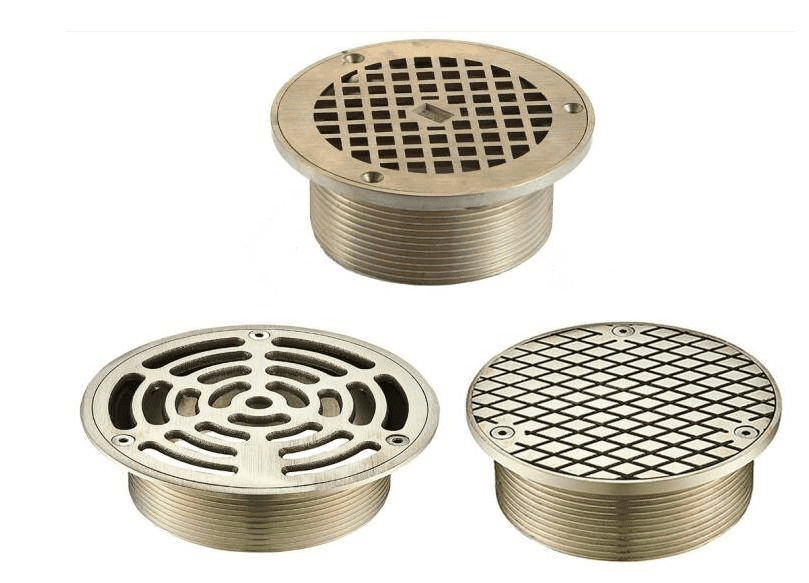
The floor drain is a plumbing component that removes any wastewater from the floor. To clarify, it is a plumbing drain installed in the basement that connects with the main drain… to allow wastewater to flow from the basement to the drain.
Parts
Floor drains are usually rounded but can also be square or rectangular. You will see many types of them with different body parts. But most of them come with almost standard components.
Firstly, it has a drain base that sits at the bottom. The drain base joins the soil from the bottom and holds the other parts at the top. A reversible clamping ring joins the drain base from the top with the collar bolts. After that, an adjustable drain barrel sits inside the clamping ring. Finally, a grated steel disc called a strainer covers the drain entrance.
What Does It Do
Till now, hopefully, you have understood what a floor drain does. But it does not just remove wastewater from your floor. It also prevents terrible odors, gases, and harmful insects from entering your space.
When wastewater is present near the drain, it flows into the gutter. But only the water passes through the drain. Other things, like hair, dirt, debris, food particles, etc., will not flow away due to the filter, so your main drain will not be clogged with these things. And if you have a P-trap installed along your drain, it will prevent odors and insects from entering.
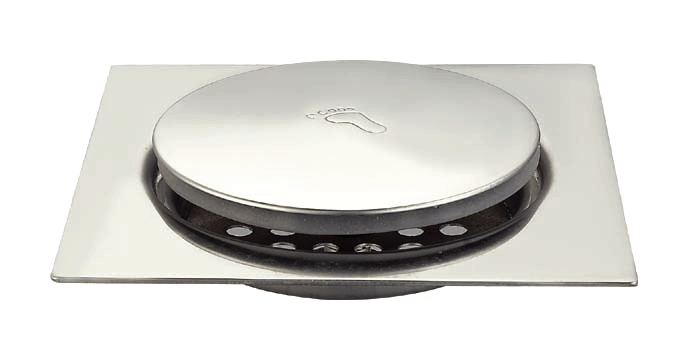
Uses Of Floor Drains
Floor drains are most commonly used in the bathroom, kitchen, swimming pools, near the water heater, and other residential houses. But they are not only limited to this. You will also find them in commercial basements, refrigeration areas, shower rooms, restrooms, laundry facilities, garages, and more.
How to Buy Floor Drains From Suppliers
Buying the floor drains is pretty simple when you know the right way. Those are:
· Measure the size of your pipe connection to determine which size of drain you need. They usually come in sizes ranging from 2 to 12 inches. You can take any size from this range.
· Before buying, decide which material and shape (round or square) you want.
· To match the decor, do not forget the finish and color.
· Avoid defective ones.
· Try to purchase basin waste directly from the manufacturer. This will cost you less than the market.
Pro tip: If you are looking for high-quality floor drains at an affordable price, we can help you get them. We, Hofen Sanitary, are a professional floor drain maker and supplier. Our products will meet your requests, and we are open to fulfilling all your unique requirements. For any queries, contact us.

Common Problems and Solution
Most people do not pay much attention to the drains until something goes wrong. But you must avoid this habit and take care of them.
The most common problem of floor drains is slow draining because of clogging. This happened because of debris, dirt, hair, and other wastes. You should regularly check and clear clogs to avoid this problem.
Since this drain is connected to the main drain, odors, and gases will enter your room. Also, there is a chance of wastewater flowing back. The solution is to use a P-trap and backwater valve with the drain.
In conclusion, floor drains are an essential part of our daily. No matter whether you use them indoors or outdoors. They will do their job efficiently. For that, however, they want some care from you.

